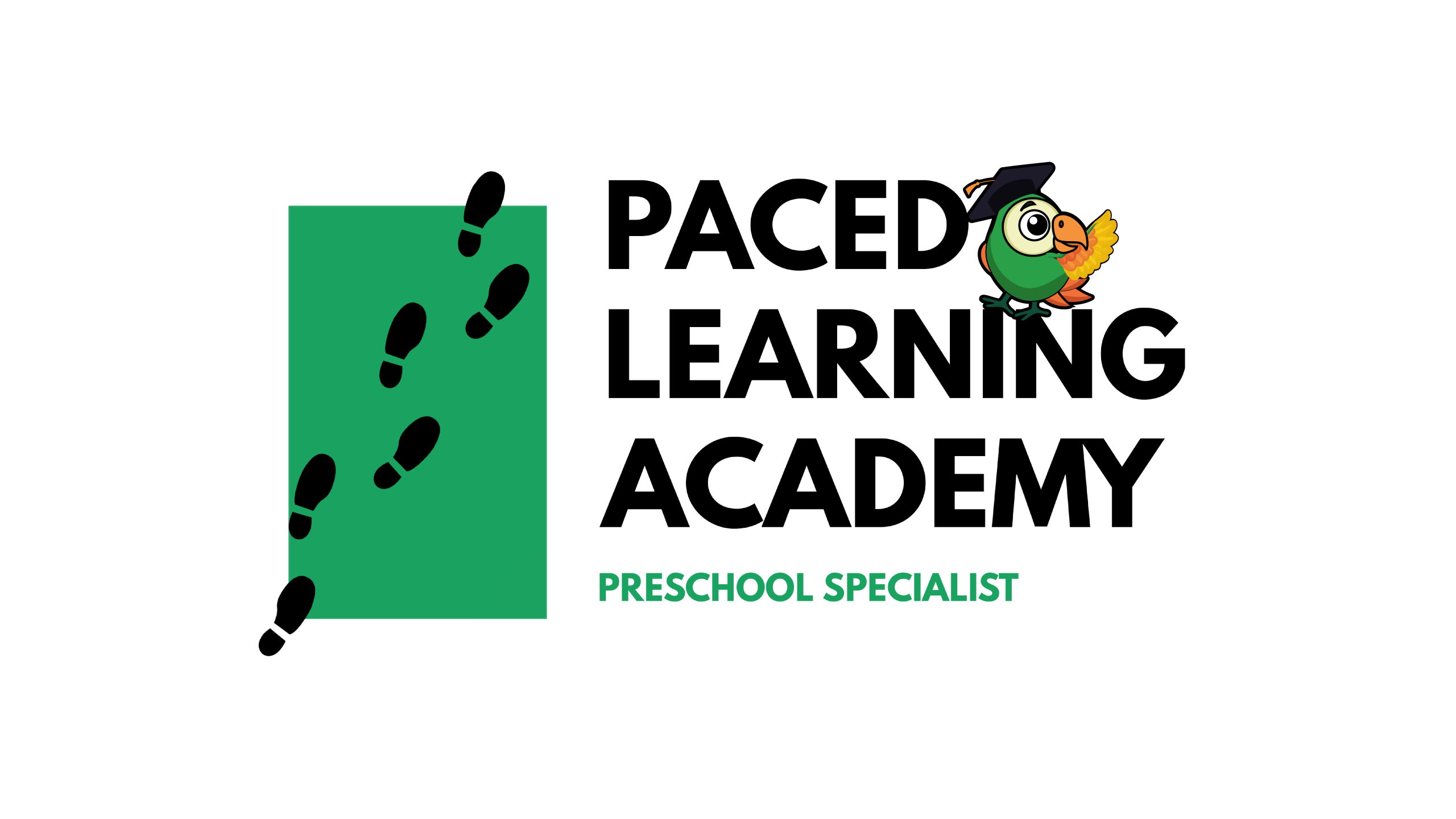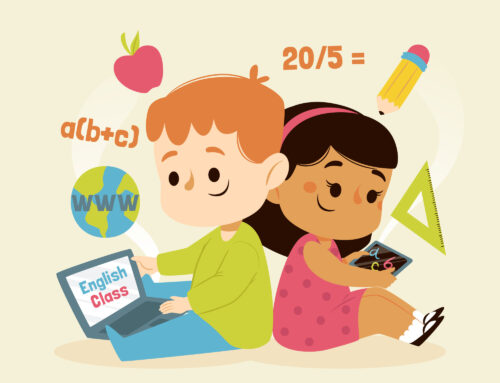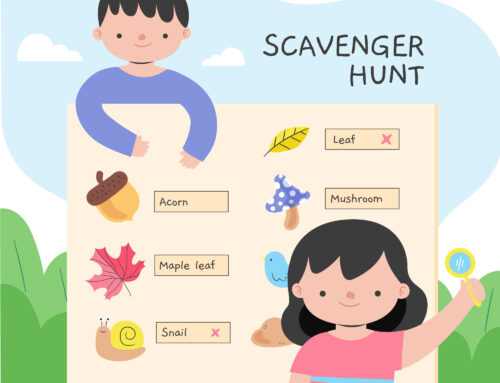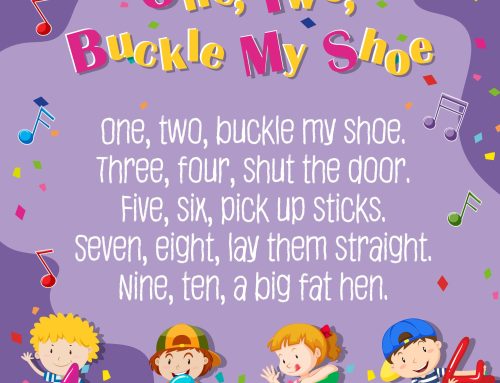
Building Reading Confidence: What to Do When Your Child Says “I Can’t Read”
Few words tug at a parent’s heart more than hearing, “I can’t read.” Whether it’s whispered with frustration or exclaimed in tears, this phrase often signals more than just a struggle with decoding — it reveals a blow to your child’s confidence. As parents and educators, our role is to not only teach the mechanics of reading but also build the belief that reading is something they can do.
Let’s explore what causes this self-doubt and — more importantly — how you can respond with practical strategies that empower your child to grow into a confident reader.
💬 Understanding the Root of “I Can’t Read”
When a child says “I can’t read,” they might be experiencing:
- Performance anxiety: They feel pressured to succeed and fear making mistakes.
- Comparison with peers: They notice others reading fluently and assume they are “behind.”
- Difficulty with foundational skills: Struggles with phonemic awareness, decoding, or blending sounds.
- Previous negative experiences: Perhaps they’ve been corrected too often or felt embarrassed in class.
Example:
Emma, age 6, used to love story time. But after struggling with a few sight words during reading aloud, she now refuses to try. Her confidence took a hit — not because she lacks intelligence, but because she now associates reading with failure.
What to do: Empathize first. Acknowledge the emotion (“I see you’re feeling frustrated — that’s okay”) before offering help. Then, use strategies that rebuild her sense of capability.
🌱 Start with Success: Let Them Read What They Can
Children thrive on success. Begin with materials that are below their current reading level to remind them, “I can read!”
Try:
- Revisit favorite picture books or early readers they’ve already mastered.
- Use decodable books that match their phonics knowledge.
- Echo reading: You read a sentence first; they repeat after you.
Example:
Let your child read a familiar book like “Brown Bear, Brown Bear” — not to challenge, but to build fluency and pride. Celebrate every word they read aloud confidently.
🧩 Break It Down: Tackle One Skill at a Time
Reading is a complex process. For struggling readers, it helps to isolate and focus on one skill rather than tackling everything at once.
Focus Areas:
- Phonemic awareness: Play rhyming or sound games (e.g., “What rhymes with cat?”)
- Blending practice: Use magnetic letters to blend simple words like “c-a-t.”
- Sight word mastery: Introduce 2-3 high-frequency words per week with flashcards or songs.
Example:
If your child stumbles over “ship,” break it down: point out the digraph /sh/, then the vowel sound /i/, then blend. Reinforce it later with a short sentence: “The ship is big.”
🏗️ Build Confidence Through Praise and Progress
Children are sensitive to feedback. Focus on effort-based praise, not just correctness.
Use phrases like:
- “I love how you kept trying.”
- “You figured that word out — great job!”
- “Wow, you used the /ch/ sound! That’s tricky!”
Avoid: “That’s wrong” or “You already learned that!”
Example:
If your child attempts the word “train” but says “tree,” acknowledge their effort: “You started with the right sound. That was a great try. Let’s look at the next part together.”
🎲 Make Reading Playful and Interactive
Sometimes, children say “I can’t read” because reading feels like a chore. Incorporating play into literacy makes it less intimidating.
Ideas:
- Phonics board games or flashcard bingo
- Scavenger hunts for sight words around the house
- Act out scenes from a story or draw what they read
Example:
Turn a decodable book into a mini performance. After reading “Tim sits on a log,” act it out with toys or puppets. This physical engagement boosts memory and makes reading fun again.
👪 Read Together — Without Pressure
Daily shared reading builds a reading routine without putting your child on the spot. Let them enjoy listening while you read, and invite them to join in naturally.
Try:
Choose high-interest books, even if they’re above reading level.
Let them finish repetitive phrases (“Run, run, as fast as you can…”).
Pause to ask, “What do you think happens next?”
Example:
During bedtime, pick a fun book like “The Gruffalo.” Read most of the story yourself, then pause at key words your child knows and let them say it aloud. This eases them into participation without fear.
🧠 Use Positive Language About Reading
The words we use influence how children view themselves. Reinforce that reading is a skill to grow, not a test to pass.
Replace:
- “You should know this by now.” ➡️ “You’re learning more each day!”
- “You’re behind.” ➡️ “Everyone learns at their own pace.”
- “That’s too easy.” ➡️ “You’re practicing and getting stronger!”
🧑🏫 When to Seek Support
If your child’s reading confidence doesn’t improve despite your efforts, or if they show signs of deeper struggle (like avoiding reading, reversing letters consistently, or complaining of reading headaches), it may be time to seek:
- A reading assessment by a literacy specialist
- A structured phonics program (such as our in-person or online classes)
- Support from speech and language therapists for underlying issues
💡 Final Thoughts: Confidence First, Fluency Follows
The journey to reading success doesn’t start with perfect pronunciation or knowing every sight word — it starts with believing they can. When your child says “I can’t read,” it’s not a final answer. It’s an opportunity to show them that reading is a skill, not a gift — and they can learn it, one joyful step at a time.
📘 Ready to Help Your Child Feel Capable and Confident?
Explore our fun and encouraging phonics classes — available online and in-person — designed to build reading skills and self-belief. With the right support, your child can go from “I can’t” to “Look what I can read!”






